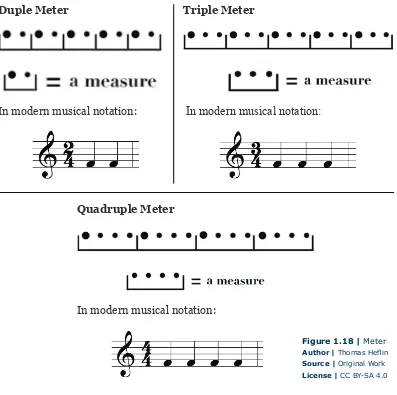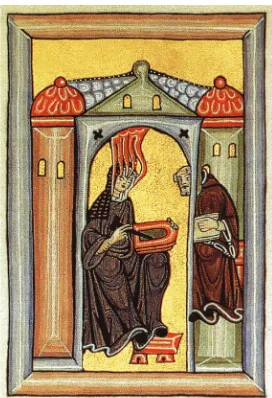Understanding Music: Past and Present
Full text
Figure




Outline
Related documents
We focus our investigation of multivoxel representations on different levels of musical representation: high-level categorical features (5-category music genre), schematic
musical analytical parameters such as; scale, melody, vocal ranges, harmony, rhythm texture,.. form, compositional techniques, dynamics and text, to unravel the
sense of rhythm musical ear, pitch discrimination sense of harmony ability to interpret music ability to improvise and create music ability to communicate through music ability to
Their goal is to emphasise the musical attributes of audio signals (e.g. chords, rhythm, instrumentation), at- taining higher levels of semantic complexity than low-level features
A fake book has one-line music notation consisting of melody, lyrics and chord symbols.. This lead sheet format is a "musical shorthand" which is an invaluable
A Knowledge Base with mappings between emotions (e.g. harmony, melody, rhythm, dynamics, tempo, texture, and loudness) allows the system to retrieve the more appropriate
Schoenberg describes his use of lights, gesture, scenery, costumes, and music as “making music with the media of the stage (Schoenberg, 1988, pp. 32-35).” Perhaps the most significant
- Illustrate basic music theory and compositional techniques in different musical eras and compositions - Identify trends in music composition today that were prevalent





